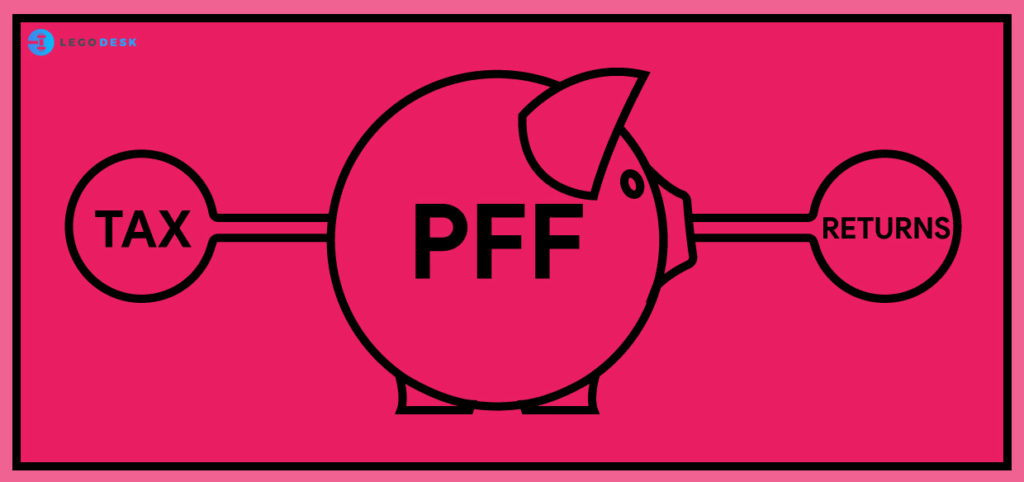Here is everything you need to know about PPF Account

What is PPF?
PPF (Public Provident Fund) which was introduced by the National Savings Institute of the Finance Ministry in the year 1968. This is a method of saving money and to avail tax benefits. The aim of the scheme was to mobilize small savings and provide reasonable and safe returns.
PPF scheme is a central government scheme with Income Tax Act providing for deductions for the investments in the PPF account under Section 80C. The contribution made to the PPF account of children or spouse is also eligible for deduction. All the provisions of the PPF are governed by the Public Provident Fund Act, 1968 and Section 3 of the Act has required the Central government to prepare a scheme called the Public Provident Fund Scheme, 1968.
Read Also: NSC – National Savings Certificate
Who can open a PPF account?
Any individual who is a resident of India can open their PPF accounts. A child can also have a PPF account, with the parents acting as a guardian.
For the non-residents of India, as of 2018 notification, NRIs are barred from opening new PPF account. They can continue using the old PPF account up to the period of its maturity. An amendment was proposed to 2018 finance bill as to allow the NRIs to invest, however the same has not been approved yet.
The PPF account scheme matures itself after a period of 15 years from the date of opening of PPF account. There has been a significant number of cases on premature closure of PPF account, a landmark judgment is Mukesh Kumar v. Union of India. Paragraph 3A of the scheme also to extend the period of 15 years by exercising this right in form H and extend it to a further block period of 5 years.
A PPF account in the name of the HUF (Hindu Undivided Family) is not allowed. However, a HUF can contribute to the accounts of the members and avail the same deductions.
How much can you invest?
As per the PPF rules, a PPF account can be opened with a minimum balance of Rupees 500. In every financial year, the PPF investment should be in the range of a minimum of Rs. 500 to a maximum of Rs. 1.5 lacs (Paragraph 3 of the PPF Scheme). Even if the person is holding an account for a minor child and himself, the maximum contribution for both the accounts is Rupees 1.5 lacs. The amount can be deposited either at once or in instalments. The maximum number of instalments allowed per year is 12, not necessarily one deposit a month.
What is the interest received?
On a notification dated 31st December 2018 by the Finance Ministry, the PPF interest rate remains unchanged at 8 per cent effective from 1st January 2019 which is valid till 31st March 2019.
The interest rates on the PPF account is announced every quarter by the Ministry of Finance. The interest is paid on the closing of the financial year i.e. 31st March as per paragraph 8 of the Scheme.
PPF interest Taxable or not?
A very significant question which arises, is PPF interest taxable? The PPF account benefits include tax-free returns. The category of PPF is EEE (Exempt, Exempt, Exempt) i.e. the amount contributed is allowed as a deduction; the amount earned as interest is tax-free, the amount withdrawn after maturity is tax-free. So, the interest on the returns on PPF is not taxable and so are the maturity proceeds.
When can the amount be withdrawn?
After the expiry of the term of seven years from the date of opening of PPF account, the subscriber may withdraw the money if so desired. The number of withdrawals permitted in a year is 1. (paragraph 9 of the PPF Scheme). The PPF withdrawal before maturity can be maximum for an amount of 50 per cent of the amount which stood in the account after the end of the fourth year till the year preceding the year in which withdrawal is made. After the competition of the 15th year, the entire amount can be withdrawn.
On the completion of the period, as per paragraph 9 of the scheme, the subscriber to the account can exercise three options granted to him:
- Close the Account;
- Extend the period of the account by 5-year blocks
- To continue in the account but not make any deposits with one withdrawal per year limit
Try our Debt Resolution solutions today Request a Demo